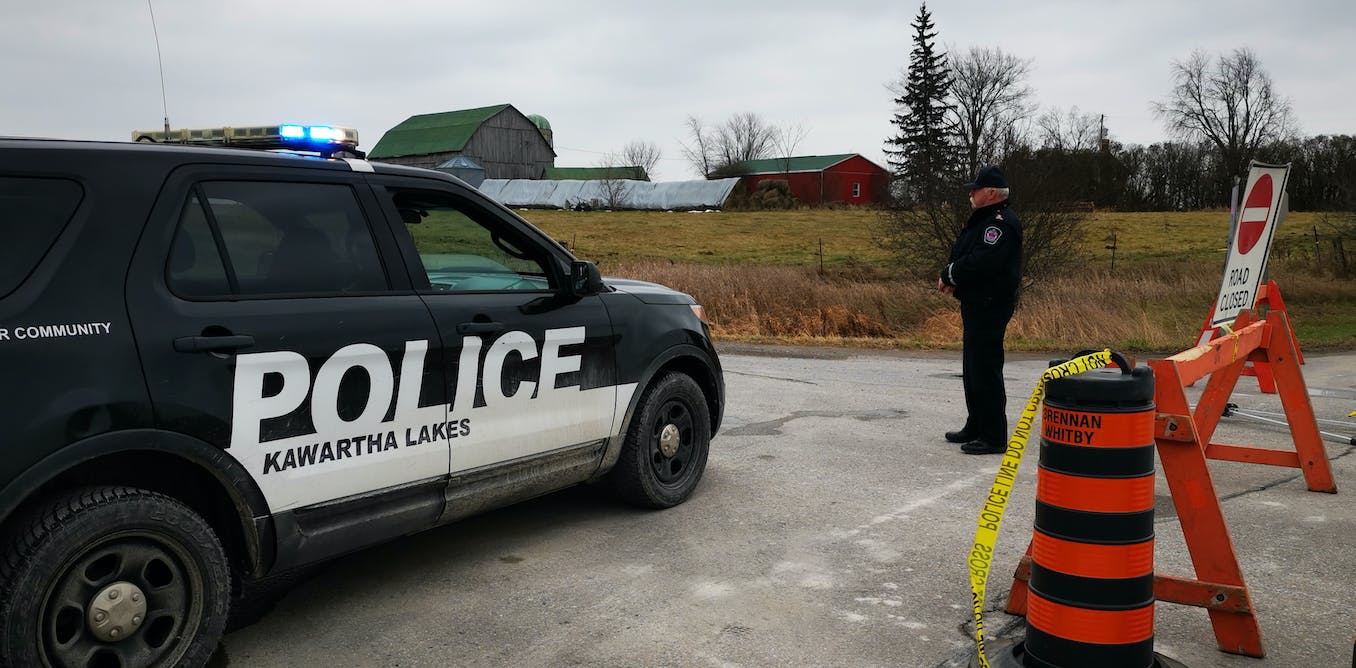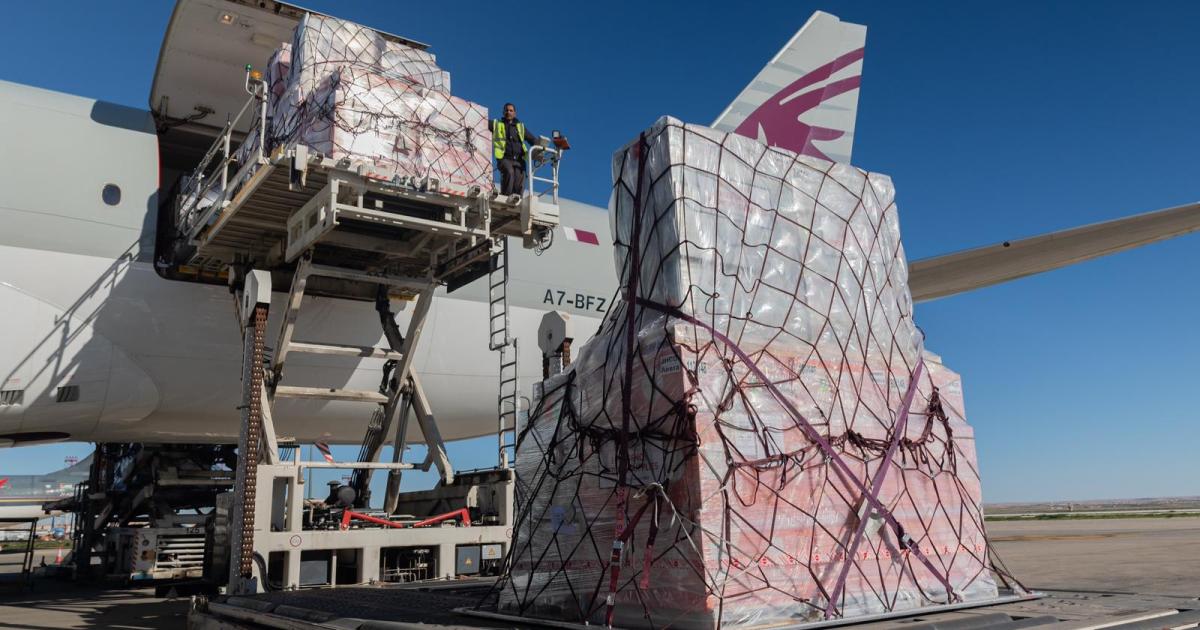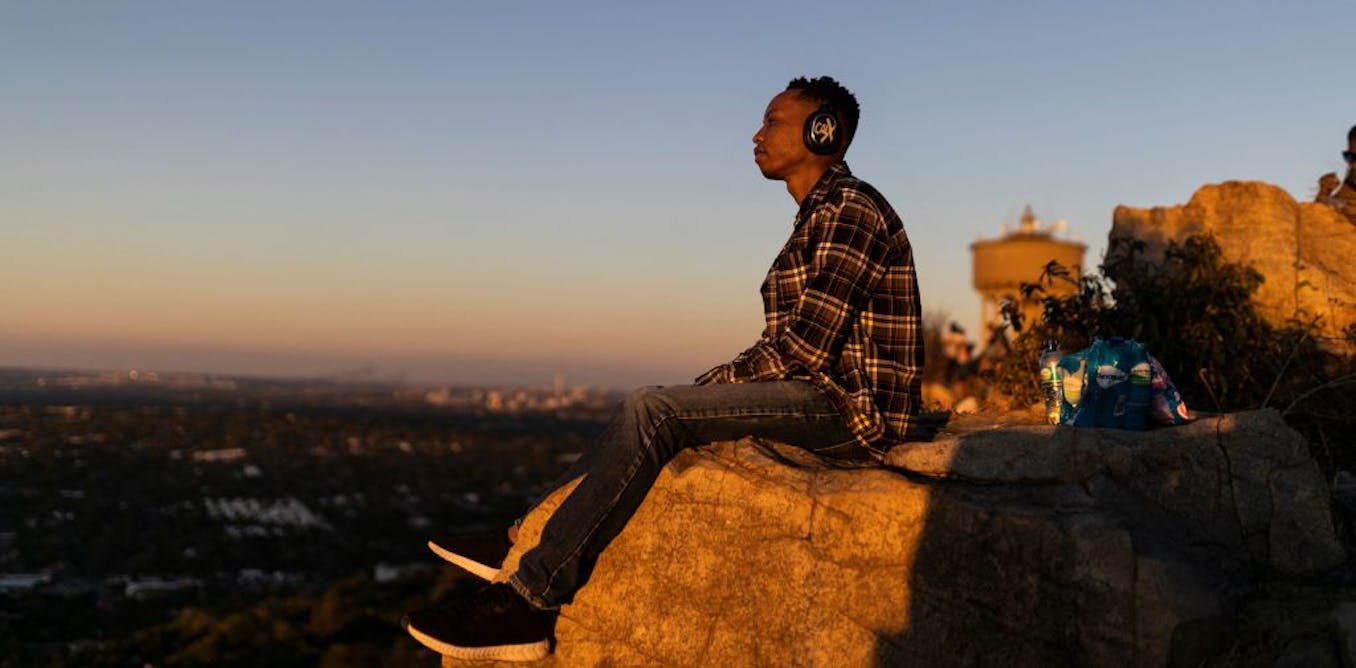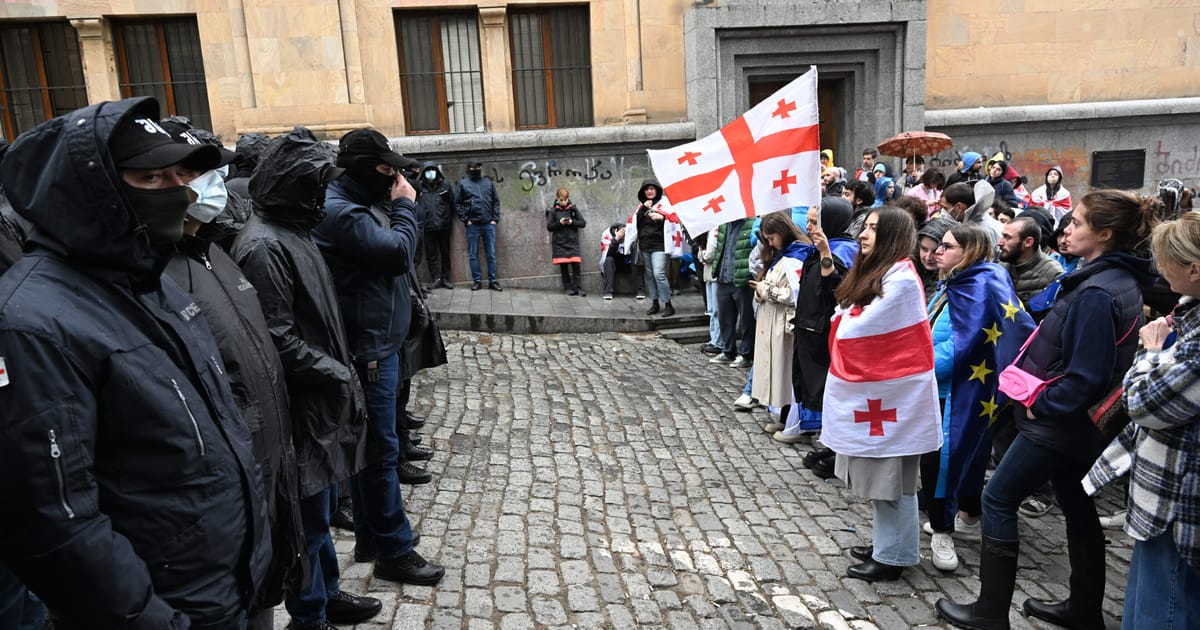Preliminary hearings are beginning soon in the manslaughter trial of three Ontario Provincial Police officers — Nathan Vanderheyden, Kenneth Pengelly and Grayson Cappus.
They are accused of shooting and killing an 18-month-old baby, Jameson Shapiro, and his father William Shapiro in November 2020 in the Kawartha Lakes area northeast of Toronto. Jameson Shapiro was the subject of an Amber Alert after William took him from his mother’s home.
Police officer trials are important for reasons other than simply holding an individual officer accountable for a particular act. They’re a rare opportunity for the public, through jurors, to grant or revoke consent for the use-of-force training, policies and practices of police forces.
Police trials also spur public debate on how repressive state force is administered. They provide perspective on how officers use and respond to their training, and what they view as their priorities on the job.
When jurors decide an officer has exceeded reasonable grounds for use of force, it compels police services to reconsider how they prepare their officers for public service.
An adversarial criminal trial is a venue where not only the individual officer is put under public scrutiny, but so too are the training and tactics that officer received.
Shifting public policy
A prime example of trials changing public policy is the 1985 United States Supreme Court ruling in Tennessee v. Garner that effectively prohibited the practice of shooting fleeing suspects in the back.
Courts in Canada have stopped or clarified when police can use overly invasive investigative techniques such as telephone wiretaps. In some cases, the courts have dropped charges because police used excessive force bringing accused people into custody.
But there have been few occasions for police use-of-force practice and policy to be openly interrogated so that jurors could decide the “reasonableness” of officer conduct.
Among the most notorious police trials in Canada was the prosecution of Toronto police officer James Forcillo, convicted of attempted murder in the death of 18-year-old Sammy Yatim on a streetcar in 2013.
At trial, Forcillo stated: “You’re trained to win, to survive, so that everybody can go home to their families,” exposing the Toronto Police Service’s win-at-all-costs training regimen.
This strategy is problematic, given that Yatim didn’t go home again. Forcillo’s statements drew scorn from prosecutors and in the media, where his indifference to Yatim and his own de-escalation training were noted.

THE CANADIAN PRESS/Michelle Siu
Regis Korchinski-Paquet death
A case that could have gone to trial involved the falling death of 29-year-old Regis Korchinski-Paquet in Toronto in May 2020.
Six police officers had responded to several calls about a family disturbance. Of the many actions the responding officers made that day that might have benefited from public scrutiny, one stands out.
Police entered the Korchinski-Paquet 24th-storey apartment to attend to the dispute. During their intervention, Korchinski-Paquet fled onto the balcony and climbed onto the railing in an apparent attempt to flee into the neighbouring apartment. Upon seeing Korchinski-Paquet mount the railing, an officer on the scene ordered “everyone out,” leaving her alone in that precarious position. She soon fell to her death.
The Special Investigations Unit’s report into Korchinski-Paquet’s death states that the decision-making officer told investigators he believed the best option was to refer the matter to the Emergency Task Force.
Given that ETF response time could approach 30 minutes and its effectiveness at crisis negotiation has come under scrutiny, it’s unclear how an officer believed someone in severe emotional distress could hold out for that length of time while clinging to their balcony railing.
Only one person can answer that question: the officer who made the decision. A public trial would have allowed such questions to be publicly interrogated.

THE CANADIAN PRESS/Chris Young
Jameson Shapiro’s death
The Kawartha Lakes OPP officers will be tried for manslaughter and criminal negligence causing death.
Officers pursuing William Shapiro deployed a spike strip to disable the vehicle, which resulted in a collision between an OPP cruiser and the Shapiro pickup truck.
What happened next will likely become clear at trial as officers opened fire, striking William and killing Jameson on the scene. William survived the incident but died two weeks later in hospital from his injuries.
One important thing to learn in this trial is why officers felt it was necessary to confront William rather than “backing off” as they had been instructed over their police radio. William was suspected of being armed — a gun was recovered at the scene — and officers were told Jameson was in the car’s back seat.
After extensive examination and cross-examination, 12 jurors will be asked to conclude whether the three accused officers acted “reasonably.” If they decide not, the result will likely lead to greater scrutiny of tactics for intercepting suspected child abductors.
Not just about convictions
Increasing the number of criminal trials for police officers won’t necessarily result in convictions. But convictions aren’t their only purpose.
While public trust in police is eroding across the country, most Canadians still trust police.
The most pressing question is: How can police services and civilian police oversight agencies expect to regain eroding trust if the actions of officers are rarely questioned in open public forums like courts?
Despite public and personal costs, police trials are positive mechanisms and should be treated accordingly. Police trials are good for public scrutiny and restoring trust in police, and for that reason, more police officers should be held to account in the courts.




